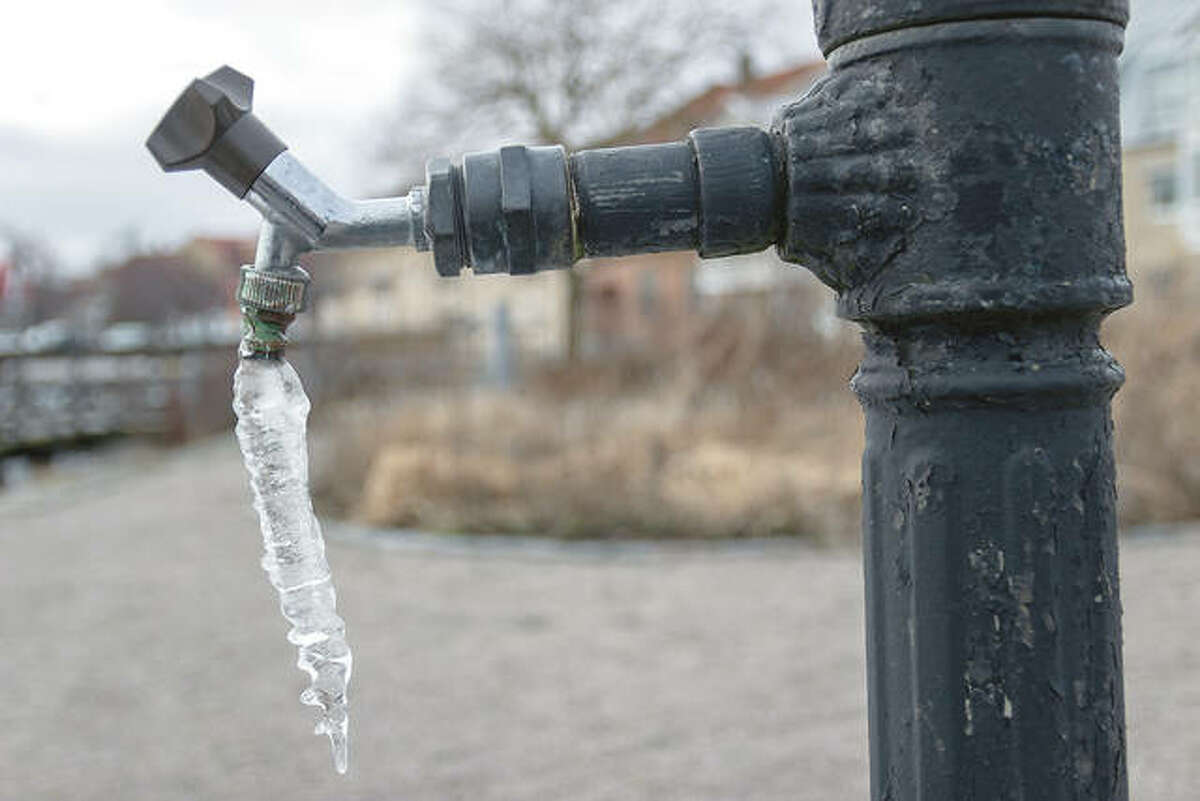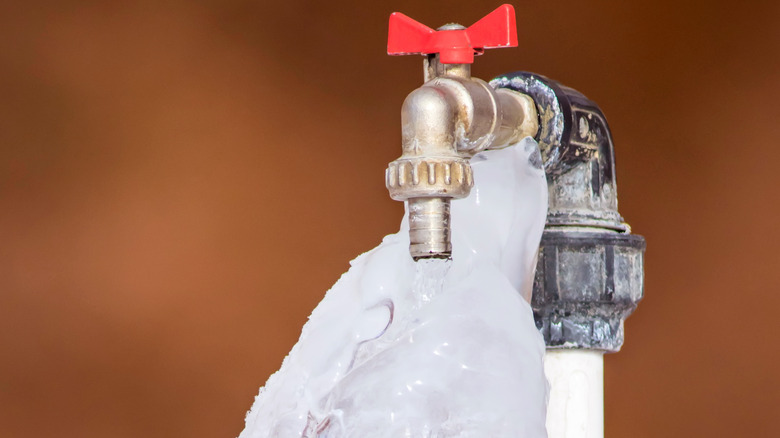Important Tips for Preventing Frozen Plumbing in Cold Weather Seasons
Important Tips for Preventing Frozen Plumbing in Cold Weather Seasons
Blog Article
This great article below relating to Helpful Tips to Prevent Frozen Pipes this Winter is exceptionally motivating. Try it and make your own assumptions.

Cold weather can damage your plumbing, specifically by freezing pipelines. Below's just how to stop it from happening and what to do if it does.
Introduction
As temperature levels decline, the danger of frozen pipes rises, potentially causing costly repairs and water damages. Understanding just how to avoid frozen pipelines is vital for house owners in cold environments.
Prevention Tips
Shielding vulnerable pipes
Cover pipes in insulation sleeves or utilize warmth tape to shield them from freezing temperatures. Concentrate on pipelines in unheated or external locations of the home.
Home heating strategies
Keep interior rooms adequately heated, especially areas with plumbing. Open cabinet doors to permit warm air to circulate around pipelines under sinks.
How to recognize icy pipelines
Look for decreased water flow from faucets, uncommon odors or noises from pipes, and noticeable frost on revealed pipes.
Long-Term Solutions
Architectural modifications
Consider rerouting pipes far from outside wall surfaces or unheated areas. Include added insulation to attic rooms, cellars, and crawl spaces.
Upgrading insulation
Invest in high-grade insulation for pipes, attics, and wall surfaces. Appropriate insulation aids maintain regular temperature levels and reduces the risk of icy pipes.
Shielding Outdoor Plumbing
Garden hoses and outdoor faucets
Detach and drain garden tubes prior to winter season. Mount frost-proof spigots or cover outdoor faucets with protected caps.
Recognizing Frozen Pipelines
What triggers pipelines to ice up?
Pipelines ice up when exposed to temperature levels below 32 ° F (0 ° C) for prolonged periods. As water inside the pipes freezes, it increases, putting pressure on the pipe walls and potentially creating them to burst.
Dangers and damages
Icy pipelines can cause water system disruptions, residential property damage, and costly fixings. Ruptured pipelines can flood homes and trigger considerable structural damage.
Indications of Frozen Water Lines
Determining frozen pipes early can stop them from breaking.
What to Do If Your Pipes Freeze
Immediate activities to take
If you believe icy pipes, maintain taps available to ease pressure as the ice melts. Utilize a hairdryer or towels taken in warm water to thaw pipelines gradually.
Final thought
Stopping frozen pipelines needs positive actions and fast reactions. By understanding the reasons, signs, and safety nets, property owners can shield their pipes throughout cold weather.
5 Ways to Prevent Frozen Pipes
Drain Outdoor Faucets and Disconnect Hoses
First, close the shut-off valve that controls the flow of water in the pipe to your outdoor faucet. Then, head outside to disconnect and drain your hose and open the outdoor faucet to allow the water to completely drain out of the line. Turn off the faucet when done. Finally, head back to the shut-off valve and drain the remaining water inside the pipe into a bucket or container. Additionally, if you have a home irrigation system, you should consider hiring an expert to clear the system of water each year.
Insulate Pipes
One of the best and most cost-effective methods for preventing frozen water pipes is to wrap your pipes with insulation. This is especially important for areas in your home that aren’t exposed to heat, such as an attic. We suggest using foam sleeves, which can typically be found at your local hardware store.
Keep Heat Running at 65
Your pipes are located inside your walls, and the temperature there is much colder than the rest of the house. To prevent your pipes from freezing, The Insurance Information Institute suggests that you keep your home heated to at least 65 degrees, even when traveling. You may want to invest in smart devices that can keep an eye on the temperature in your home while you’re away.
Leave Water Dripping
Moving water — even a small trickle — can prevent ice from forming inside your pipes. When freezing temps are imminent, start a drip of water from all faucets that serve exposed pipes. Leaving a few faucets running will also help relieve pressure inside the pipes and help prevent a rupture if the water inside freezes.
Open Cupboard Doors
Warm your kitchen and bathroom pipes by opening cupboards and vanities. You should also leave your interior doors ajar to help warm air circulate evenly throughout your home.

Do you like more info about Helpful Tips to Prevent Frozen Pipes this Winter? Try to leave feedback below. We will be glad to see your thoughts about this content. Hoping to see you back again in the near future. You should pause to distribute this blog posting if you enjoyed reading it. We enjoy reading our article about Prevent Frozen Pipes .
Click Here Report this page